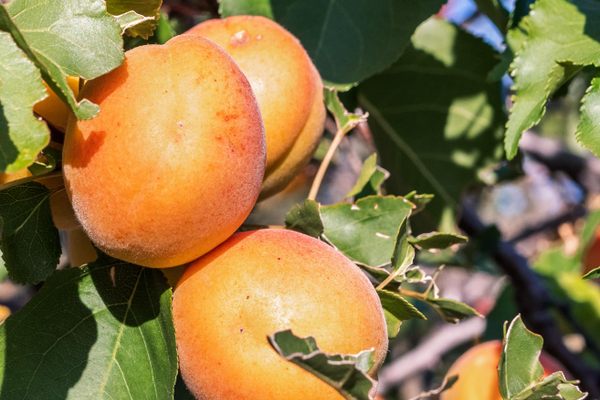Drinks
Steam Beer
The unique style born out of the California Gold Rush blends the crispness of a lager with the flavor of an ale.
When California beckoned people westward with promises of gold and prosperity in the 19th century, there was only so much travelers could carry with them. Luckily beer-making knowledge was a weightless asset. Thanks to the popularity of lager yeast and a lack of refrigeration, California also became the frontier of a new kind of brew: steam beer.
Steam beer is the result of an unexpected marriage between lager yeasts and warmer fermentation temperatures. It should be noted that one of the principle differences between lagers and ales is that the former ferments at cool temperatures and the latter at warm temperatures. Not to be waylaid by how the new Western climate might affect their beloved lagers, the newly arrived Californians pitched their yeast in and waited to see what happened. The resulting amber-hued brew was light and crisp on the palate like a lager, yet fruity like an ale. Easy to make and less costly than ginger ale, steam beer was the beverage of choice among early pioneers and laborers on the California frontier.
Though what makes the brew unique is widely agreed upon, stories behind the titular “steam” vary. One history identifies the beer’s steam-like effervescence. A second theory, also relating to the beer’s bubbly zip, describes the misty puffs emitted from fresh beer kegs when excess carbonation was released before serving. And a final theory cites the enveloping clouds of steam generated by the warm beer wort as it was poured into shallow outdoor cooling vessels before fermentation.
Though the etymological roots of steam beer may remain a mystery of history, the term’s current meaning is clear. In the 1980s, Anchor Brewing, a longtime producer of the style, trademarked the name “steam beer,” preventing other brewers from using the term. Despite the hurdle, breweries still make beers according to the age-old process, a category that has been renamed “California common beer” by most brewers associations and brewing competitions.
Where to Try It
-
Owning the trademark to "steam beer," this San Francisco brewery's Anchor Steam is a popular favorite.
-
Berreyessa Brewery
27260 CA-128, Winters, California, 95694, United StatesLook for the California common style lager, Common Sense on the tap list.
Written By
 Leigh ChavezBush
Leigh ChavezBush
Sources
- www.beeradvocate.com/beer/style/132/
- books.google.com/books/about/The_Oxford_Companion_to_Beer.html?id=Ga4MYyZq-RMC&printsec=frontcover&source=kp_read_button#v=onepage&q&f=false
- beersmith.com/blog/2008/06/11/steam-beer-and-california-common-recipes-beer-styles/
- beerandbrewing.com/dictionary/swvSTBiKhC/steam-beer/
- www.eater.com/beer/2017/10/10/16434064/anchor-steam-beer-history-san-francisco

















